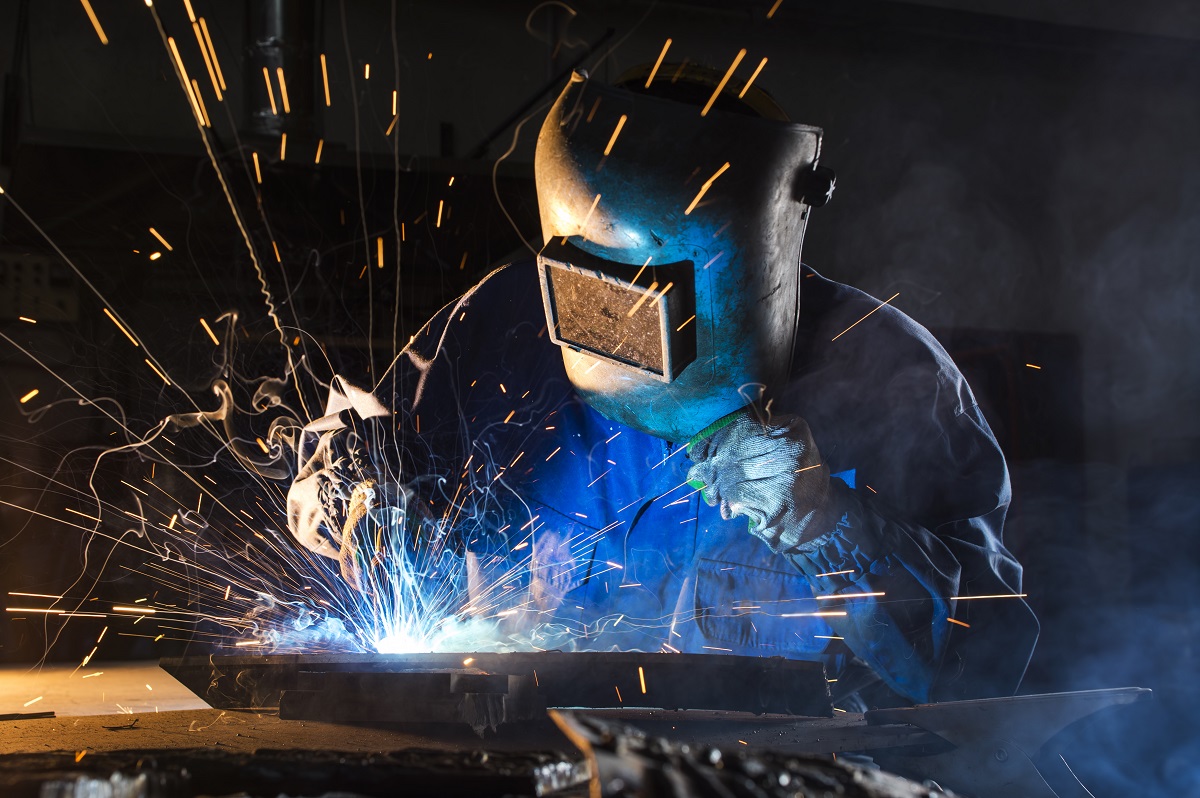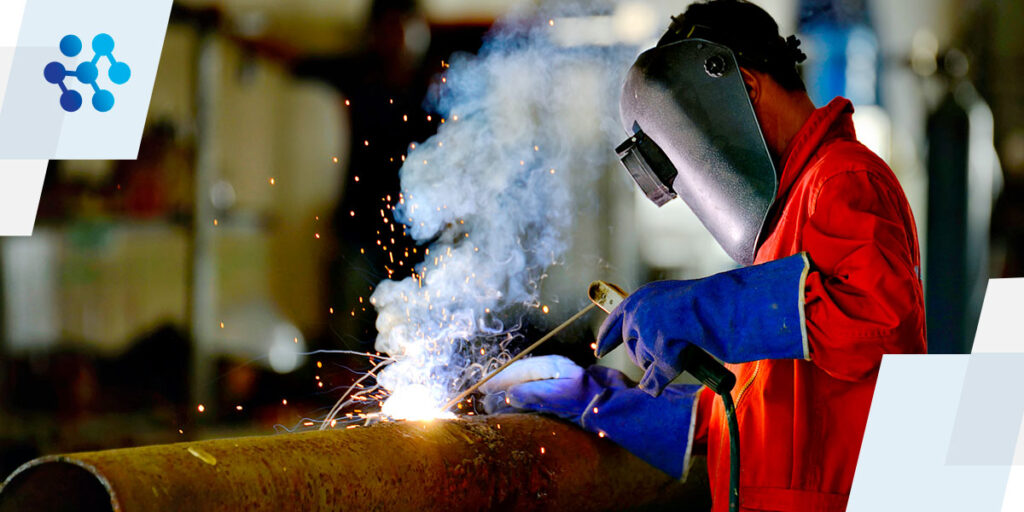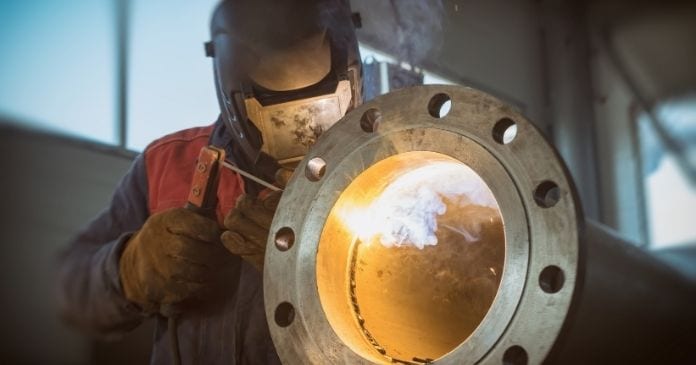Typical Welding Fixing Issues and How to Address Them Successfully
Welding repair work usually experience a series of problems that can endanger the honesty of the final item. Common issues consist of poor penetration, porosity, and misalignment, amongst others. Each flaw presents unique difficulties that require details approaches for resolution. Understanding these issues is vital for welders intending to improve their abilities and outcomes. This conversation will check out these usual welding repair issues and efficient techniques to address them.
Poor Infiltration
Insufficient penetration takes place when the weld steel stops working to totally fuse with the base product, causing weak joints and prospective architectural failures. This problem frequently comes from not enough warmth input, wrong electrode angle, or inappropriate welding rate. Welders may experience inadequate infiltration as a result of a mistake of the required specifications for a specific product density or kind. Furthermore, contamination on the base product's surface area can impede effective bonding, aggravating the trouble. To resolve poor penetration, welders need to guarantee suitable setups on their devices and maintain a tidy job surface. Normal evaluation of welds is suggested to recognize any type of deficiencies early, enabling prompt adjustments and the avoidance of compromised architectural stability in welded assemblies.
Porosity
Porosity is a common flaw in welded joints that materializes as little gas bubbles caught within the weld steel. This flaw can jeopardize the integrity of the weld, resulting in reduced stamina and potential failing under tension. Montana Mobile Welding and Repair Belgrade. Porosity generally emerges from contamination, dampness, or inappropriate welding methods, which enable gases to leave into the liquified weld swimming pool. To attend to porosity, welders need to guarantee appropriate surface area preparation, preserve a clean workplace, and utilize suitable welding specifications. In addition, choosing the appropriate filler product and protecting gas can mitigate gas entrapment. Regular assessment and testing of welds can aid determine porosity early, ensuring prompt corrective activities are taken, thereby protecting the quality and integrity of the welded framework
Misalignment
Imbalance in welding can arise from various aspects, including inappropriate setup and thermal growth. Recognizing the source is vital for reliable resolution. Numerous modification techniques are available to realign elements and ensure architectural integrity.
Sources of Misalignment
Welding misalignment frequently comes from a selection of underlying problems that can endanger structural honesty. One main cause is incorrect fit-up of components before welding, which can cause spaces and unequal surface areas. Variants in thermal expansion throughout the welding process can also result in distortion, particularly if the products being joined have different coefficients of expansion. Additionally, insufficient fixturing and securing might fail to hold parts safely in position, bring about motion during welding. Poorly conserved tools, consisting of welding equipments and tools, might introduce incongruities in the weld bead, further adding to misalignment. Operator mistake, stemming from inadequate training or experience, can additionally play a considerable function in developing misaligned welds.

Modification Techniques Offered
Dealing with imbalance successfully calls for a mix of corrective strategies customized to the details issues available. One usual approach is using jigs or components to hold components in the correct placement during welding, guaranteeing consistent placement. Additionally, preheating the products can help in reducing distortion and improve fit-up. For significant misalignment, mechanical adjustment techniques, such as making use of hydraulic jacks or clamps, can be employed to correct the position before welding. Post-weld warmth treatment might likewise be needed to eliminate tensions triggered by imbalance. Mindful inspection and modification throughout the setup stage can protect against imbalance problems from coming to be considerable issues, promoting a smoother welding process and enhancing overall architectural honesty.
Distortion
Distortion is an usual challenge in welding that can emerge from numerous aspects, including irregular heating and air conditioning. Comprehending the reasons for distortion is essential for applying effective avoidance methods. Addressing this concern not only boosts architectural honesty but likewise boosts the overall high quality of the weld.
Reasons of Distortion
When subjected to the extreme heat of welding, materials often go through changes that can cause distortion. This sensation largely arises from thermal development and contraction during the welding procedure. As the weld area warms up, the product broadens; upon air conditioning, it contracts, which can produce internal tensions. In enhancement, unequal home heating across a work surface can intensify these tensions, leading to bending or flexing. The sort of material also plays a considerable duty; metals with differing thermal conductivity and coefficients of growth may react in different ways, causing unpredictable distortions. Furthermore, poor joint style and inadequate fixturing can contribute to imbalance throughout welding, boosting the possibility of distortion. Recognizing these causes is essential for efficient welding fixing and prevention methods.
Prevention Techniques
Effective prevention strategies for distortion during welding emphasis on controlling heat input and making sure appropriate joint layout. Maintaining a regular warm input aids to minimize thermal growth and tightening, which can result in distortion. Making use of methods such as preheating the workpiece can additionally minimize the temperature gradient, promoting uniform heating. Furthermore, choosing proper joint styles, such as T-joints or lap joints, can improve stability and lower stress focus. Implementing appropriate fixturing to secure the work surfaces in position further aids in preserving alignment throughout the welding procedure. Staggered welding sequences can distribute warm a lot more uniformly, avoiding localized distortion. By using these approaches, welders can substantially decrease the probability of distortion and boost the general quality of review their welds.
Fracturing
Cracking is an usual issue come across in welding repair services, commonly arising from different factors such as improper cooling prices, product option, or poor joint preparation. The incident of fractures can significantly jeopardize the integrity of the weld, causing potential failings throughout procedure. To resolve this issue, welders need to first assess the origin, making sure that products are compatible and appropriately chosen for the details application. In addition, controlling the air conditioning rate during the welding procedure is crucial; quick cooling can generate stress and anxiety and result in cracking. Appropriate joint design and preparation additionally add to decreasing the threat. Carrying out these techniques can enhance weld top quality and resilience, inevitably reducing the chance of fracturing in finished weldments.

Insufficient Combination
A substantial concern in welding fixings is incomplete fusion, which occurs when the weld metal does not adequately bond with the base material or previous weld passes - Montana Mobile Welding and Repair Belgrade. This issue can result in weaknesses in the joint, potentially stick welding aluminum endangering the honesty of the bonded structure. Aspects adding to insufficient combination include not enough heat input, incorrect welding technique, and contamination of the surfaces being joined. To address this issue properly, welders need to ensure correct pre-weld cleaning and surface area prep work, as well as change their welding criteria to accomplish ample infiltration and combination. Regular assessment throughout the welding procedure can also assist recognize insufficient combination early, enabling timely rehabilitative actions to improve the general high quality of the weld
Overheating
While welding fixings can boost architectural integrity, overheating presents a substantial challenge that can bring about material destruction. Excessive warmth throughout welding can modify the mechanical properties of metals, resulting in reduced stamina, increased brittleness, and warping. This sensation is specifically vital in high-stress applications where structural reliability is critical. Recognizing overheating can include aesthetic inspections for staining or distortion, in addition to monitoring temperature level throughout the welding process. To minimize the threats connected with getting too hot, welders should employ proper techniques, such as regulating warmth input, readjusting travel speed, and utilizing appropriate filler materials. Furthermore, applying pre- and post-weld warm treatments can aid bring back product buildings and enhance the overall top quality of the repair service, making certain long-lasting efficiency and safety and security.
Regularly Asked Inquiries
What Are the Common Signs of a Welding Issue?

Just How Can I Test My Welds for Quality?
To check welds for top click this link quality, one can make use of aesthetic examinations, ultrasonic screening, and radiographic methods. Each strategy assures structural stability, determines issues, and verifies adherence to specified criteria, eventually improving the dependability of the welded joints.
What Security Preventative Measures Should I Take While Welding?
When welding, one must prioritize safety by putting on proper personal safety equipment, making certain correct ventilation, protecting combustible materials away, keeping a tidy work space, and being mindful of surroundings to avoid injuries and mishaps.
Can I Repair a Weld Without Renovating the Entire Joint?
Repairing a weld without redoing the whole joint is possible, depending on the damages (Belgrade Welding). Methods such as grinding, adding filler product, or utilizing a welding process can successfully resolve details defects while maintaining the bordering framework
What Tools Are Crucial for Effective Welding Repairs?
Essential devices for reliable welding repairs include a welding equipment, cable brush, mill, safety gear, clamps, and filler materials. Each tool plays an essential function in guaranteeing top quality and safety and security throughout the repair work procedure. Porosity generally develops from contamination, wetness, or incorrect welding strategies, which allow gases to get away right into the liquified weld swimming pool. Poorly maintained tools, including welding makers and tools, may introduce disparities in the weld grain, further adding to imbalance. When subjected to the intense heat of welding, products usually undertake modifications that can lead to distortion. Breaking is an usual concern come across in welding fixings, typically resulting from various aspects such as improper cooling rates, material selection, or inadequate joint prep work. A significant problem in welding repair services is insufficient combination, which happens when the weld metal does not properly bond with the base material or previous weld passes.